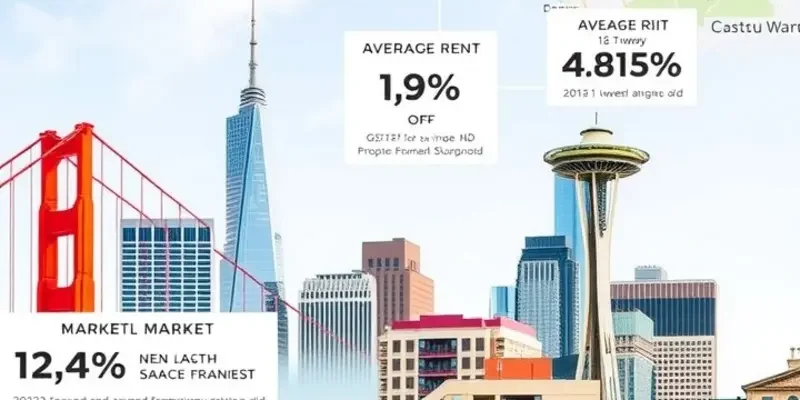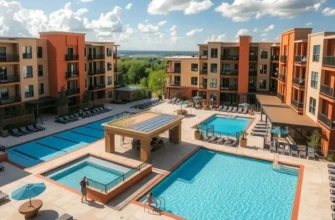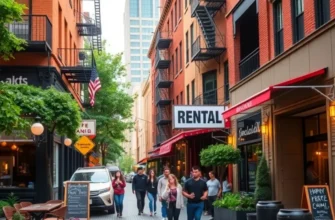Relocating to a new city, especially in a bustling tech hub, presents both exciting opportunities and daunting challenges. Whether you’re a young professional eager for your next career move, a couple looking for space to grow, a family seeking community, or a student navigating your first rental experience, understanding the local rental market is key to making a smooth transition. Major U.S. cities like San Francisco, Austin, Seattle, and New York are not only known for their vibrant cultures and career prospects but also for their unique rental landscapes. By leveraging local insights and practical tips, renters can confidently navigate these markets, find suitable accommodations, and settle in without stress. This guide shares valuable information tailored for each renter type, ensuring you maximize your experience in your new city.
Navigating Local Markets: Insights for Tech Cities
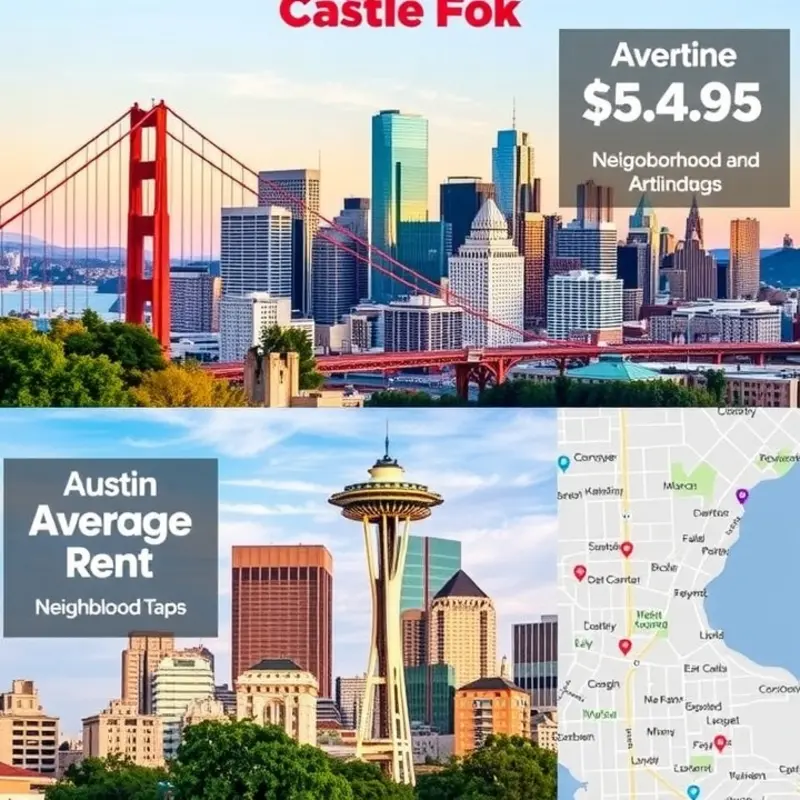
Identifying the perfect rental in a bustling tech hub can be a complex process, given the unique characteristics of each city. In San Francisco, for instance, established tech companies and startups intermingle, lending the area a dynamic vibrancy. This buzz, however, comes with a hefty price tag. Neighborhoods like SoMa and Mission District reflect the tech-driven culture, featuring modern luxury apartments with average rental prices hovering around $3,500 for a one-bedroom unit.
The key to navigating San Francisco’s rental market is staying adaptable. With tech events and networking opportunities abundant, consider areas with easy access to public transit. This not only enhances connectivity to job-rich areas but also opens you up to neighborhoods slightly off-grid, often offering better rental deals.
Austin, often referred to as the ‘Silicon Hills,’ brings a more entrepreneurial feel compared to San Francisco. The city blends traditional Texan charm with burgeoning tech potential, particularly around neighborhoods like South Congress and East Austin. Here, the vibe is more relaxed, with a mix of innovative co-living spaces and typical rentals ranging from $1,800 to $2,500 for one-bedroom options.
To secure a spot in Austin, being prepared with a complete rental application is crucial. Landlords prioritize credit history and employment verification, so consider reviewing renter credit improvement tips to enhance your application. Additionally, understanding the slower-paced lifestyle of Austin can guide you towards more community-focused neighborhoods that may suit your living preferences.
Seattle, with its scenic landscapes, mixes tech savvy with a robust cultural scene. Known for tech giants that call it home, neighborhoods like Capitol Hill and South Lake Union are hotbeds of innovation. Average rents for a one-bedroom apartment can range from $2,000 to $2,800. Here, proximity to work and nature are balancing forces, making areas with green spaces and parks particularly desirable.
An insider tip for Seattle is to start your search in less marketed neighborhoods such as Ballard or Beacon Hill. These areas can offer competitive prices and a quieter living environment, while still being tech-friendly. Remember that rental applications in Seattle could require more detailed personal histories and reference checks, so be well-prepared.
Whether you’re moving to San Francisco, Austin, or Seattle, understanding the local market nuances is essential. Each city promotes a distinct blend of tech-centric buzz alongside lifestyle options, meaning you’re bound to find a neighborhood that feels just right. As you move forward with your rental journey, invest time in researching neighborhoods, prepare your rental documents meticulously, and explore diverse living arrangements to meet your personal needs.
Essential Tips for Diverse Renter Profiles
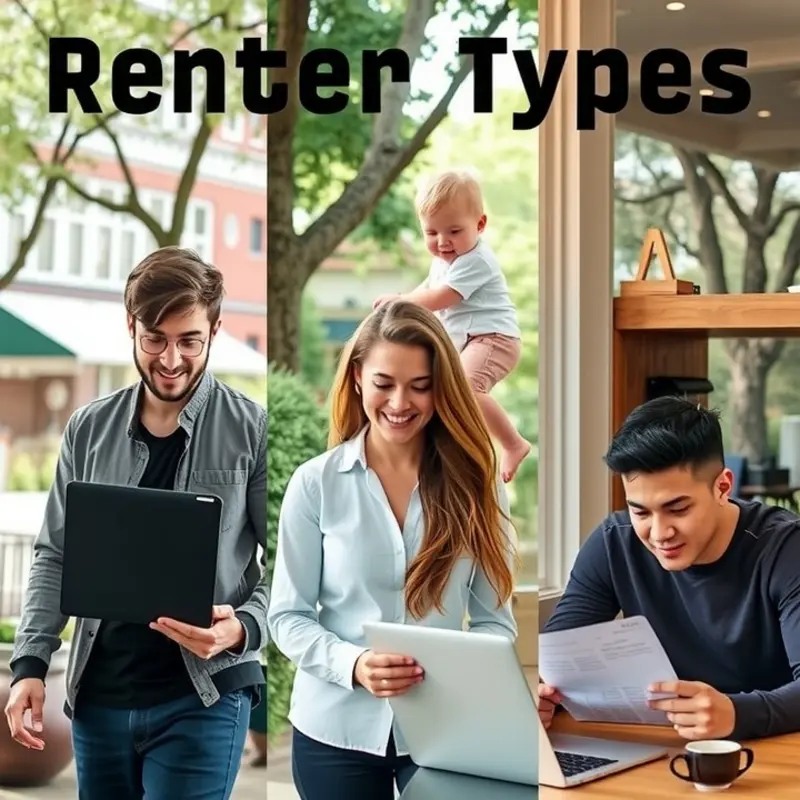
Navigating rental markets in bustling tech hubs requires a keen understanding of one’s specific needs and lifestyle. From young professionals to mobile workers, each renter profile demands unique considerations to successfully secure a suitable living space.
Young Professionals
Young professionals, often seeking proximity to work and social amenities, should focus on rental locations with robust public transit options and vibrant nightlife. Prioritize budgeting carefully, setting aside at least 30% of income for rent, while not forgetting to factor in utility costs. Urban core areas are tempting but might be costly. Consider nearby neighborhoods that offer a balance of affordability and proximity to key amenities. Communication skills are essential when negotiating rent or lease terms, aiming for flexible rent increases or shorter lease agreements.
Families
Families need to prioritize community safety and educational facilities. Suburban areas or city fringes are often better suited to these needs, offering spacious housing options and good schools. Look for amenities such as parks, daycare centers, and grocery stores within a short distance. Renting a single-family home can provide more living space and a backyard, a rare commodity in densely populated urban zones. Time your move to coincide with the school calendar to ease transitions for children.
Students
Students should prioritize proximity to their university and public transportation links to campus. Finding roommates can significantly reduce costs, so consider shared housing options. Validate the location for convenience to libraries, study spots, and affordable eateries. Lease agreements specifically designed for students might offer academic-year leases, which reduce commitments. Additionally, this guide might provide valuable location insights, tailoring options to their academic needs.
Couples
Couples need to identify their priorities—be it space for privacy, proximity to respective workplaces, or a vibrant neighborhood’s charm. Balancing desires with affordability is crucial, as is ensuring both partners’ needs are met. Look for amenities like gyms or scenic walking paths, which can enhance joint activities. Discuss budget constraints candidly and decide if you’re looking for a long-term or short-term arrangement based on life plans such as career changes or potential family expansions.
Mobile Workers
Mobile workers thrive in locations offering co-working spaces, consistent internet access, and a dynamic social atmosphere. Short-term, flexible leases are key so that they can move to new opportunities easily. Consider locations that promise a strong community feel, providing a local culture they can engage with during downtimes. Look for properties with turnkey furnishing arrangements to ease transitions.
Understanding each city’s unique character, including cultural diversity, dining, and entertainment, can significantly enhance one’s living experience. Knowing local hotspots and hidden gems offers more than convenience—it supports a richer, more integrated lifestyle. Consider these tailored strategies to find the optimal rental experience in tech-centric cities, ensuring you make informed, beneficial decisions that align with your personal and professional aspirations.
Final words
Relocating to a major tech hub is an adventure filled with possibilities, and having the right information at your fingertips can make all the difference. By understanding the local rental markets in tech-centric cities like San Francisco, Austin, and Seattle, you can find a home that suits your lifestyle and goals. Whether you’re a young professional, student, couple, family, or mobile worker, there are unique opportunities waiting for you. Embrace the excitement of your new beginning while using the insights and tips shared in this guide to empower your search for housing. The right place is out there — with the right approach, you’ll find it and thrive in your new community.

